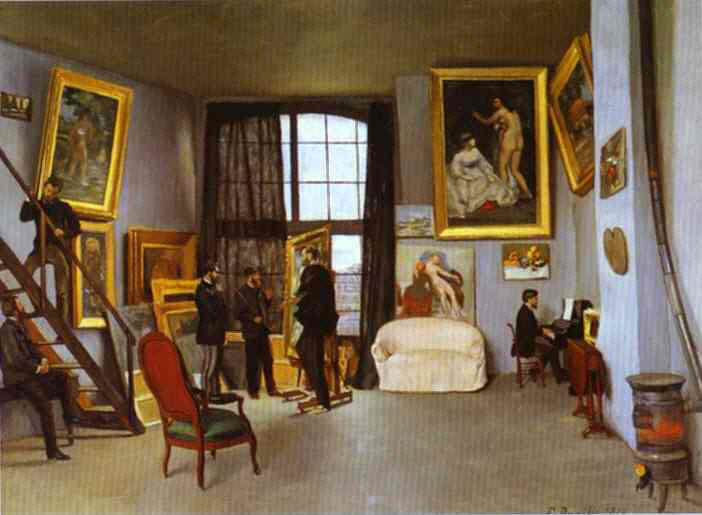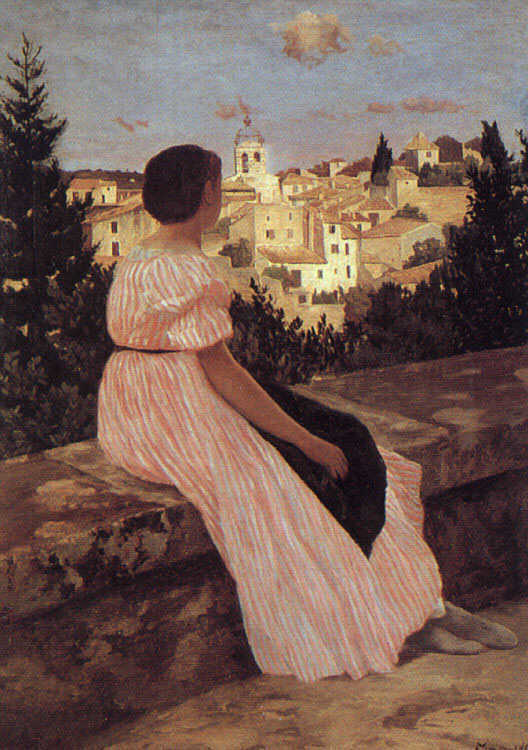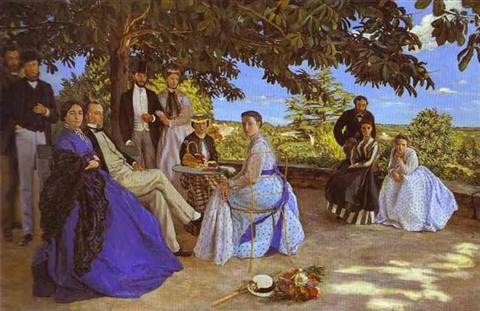-


 Frederic Bazillle
Frederic Bazillle
French
Artist
Frederic Bazille was a French Impressionist painter whose major works often foreground the figure within a landscape painted en plein air. Bazille was an outdoor painter who died too young to fulfill his early promise. His quiet clear landscapes and harmonious family scenes in muted colors made him one of the most significant representatives of Early Impressionism.
Frédéric Bazille was born in Montpellier, Hérault, Languedoc-Roussillon, France, into a wealthy Protestant family. He became interested in painting after seeing some works of Eugène Delacroix. His family agreed to let him study painting, but only if he also studied medicine. Bazille began studying medicine in 1859 and moved to Paris in 1862 to continue his studies.
Frederic Bazille began taking classes in Charles Gleyre's studio. After failing his medical exam in 1864, he began painting full-time. His close friends included Claude Monet, Alfred Sisley, and Édouard Manet. Bazille was generous with his wealth and helped support his less fortunate associates by giving them space in his studio and materials to use. His home in the Batignolles neighborhood in Paris became a headquarters for the Impressionists; hence the movement was first called the "Batignolles School." Bazille's 1870 work The Artist's Studio in the Rue de la Condamine showing Renoir, journalist and critic Émile Zola, Monet, Édouard Manet, Bazille, and Edmond Maitre in Bazille's studio exemplifies this period.
Frederic Bazille was just twenty-three years old when he painted several of his best known works, including The Pink Dress (shown here). This painting combines a portrait-like depiction of Bazille's cousin, Thérèse des Hours, who is seen from behind—and the sunlit landscape at which she gazes. In the Forest of Fontainebleau in 1865, when Monet was in bed for some days with an injured leg, Bazille painted Monet, after his accident, at the Inn in Chailly. During the following year he was working on two canvasses which he submitted to the Paris Salon, Young Girl at the Piano and Still-life of Fish. As he had feared, only the still-life was accepted. Frederic Bazille's best known painting is Family Reunion of 1867–1868.
Frédéric Bazille's best-known work, Family Reunion (1867), was a leading example of what is now known as outdoor figural art. The painting was exhibited at the Salon, France's exclusive state-run art show, in 1869. Family Reunion showed Bazille's extended family at their country estate, Méric, and exemplified the artist’s use of color and adept depiction of human figures, both hallmarks of the Realist-Impressionist style.
Fredric Bazille painted outdoors and was interested in the correlation between flesh tints and landscape tones. Frédéric Bazille's Summer Scene (Bathers) (1869) transported figure drawings created in his Paris studio to an outdoor setting that included trees, grass and water. The painting depicted young men dressed in swimsuits having a leisurely day along the banks of a river near Méric. Like Family Reunion (shown here), Summer Scene captured friends and family members in the outdoors and was exhibited at the Salon in 1870.
Frederic Bazille was a painter of great promise but was killed by a sniper during the Franco-Prussian War. Pissarro described Bazille as, "one of the most gifted among us."